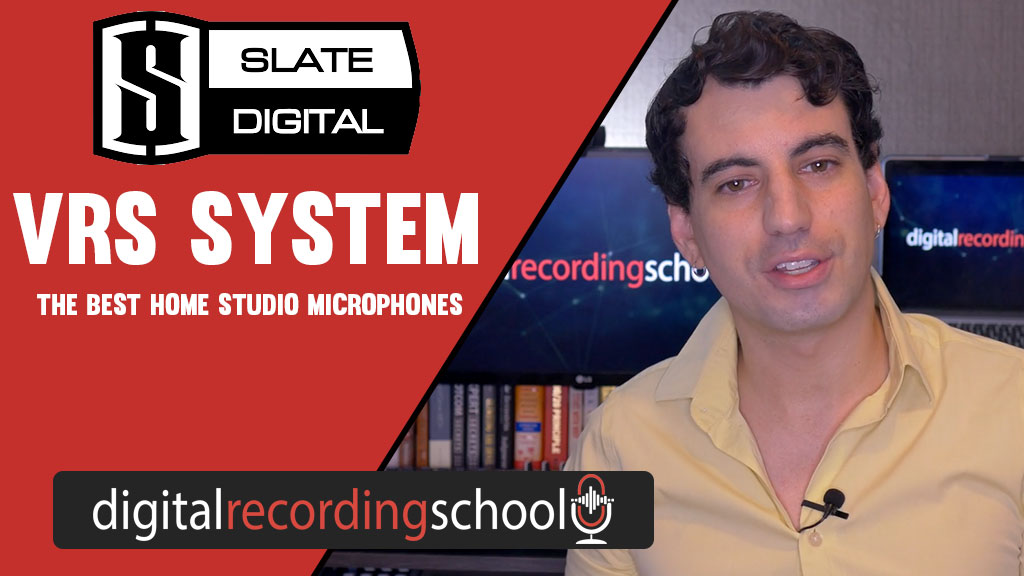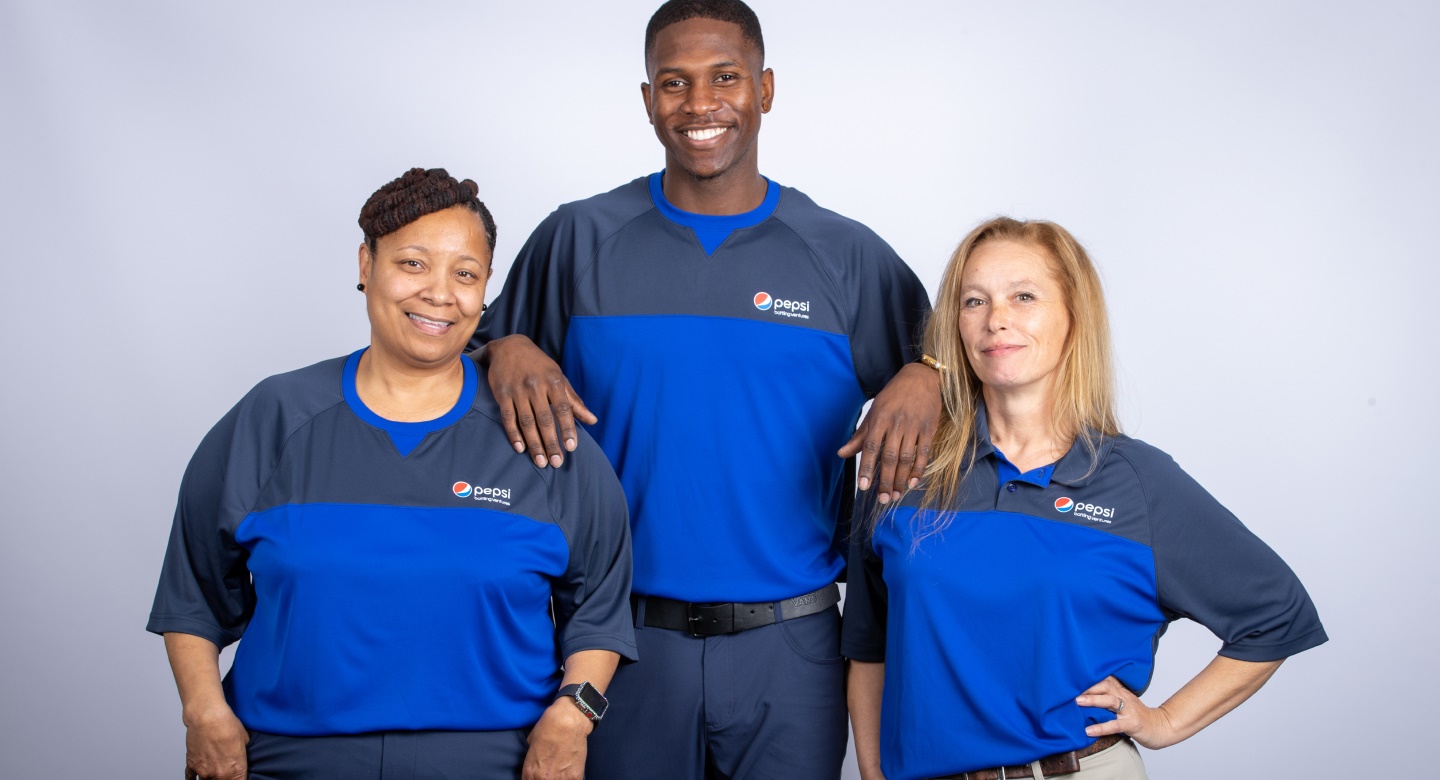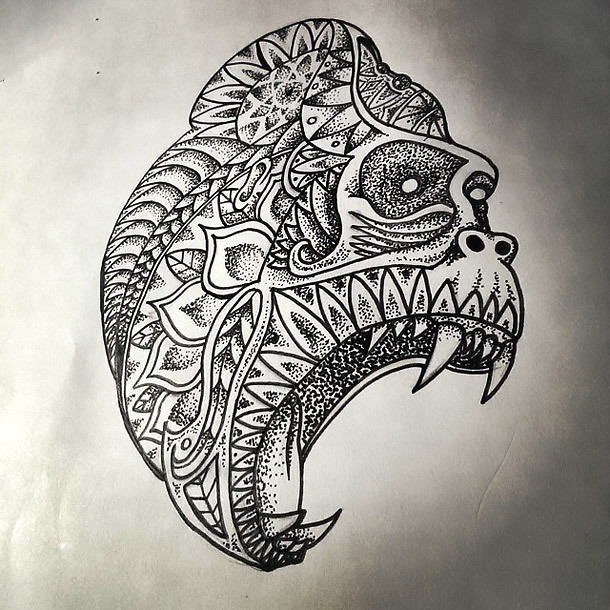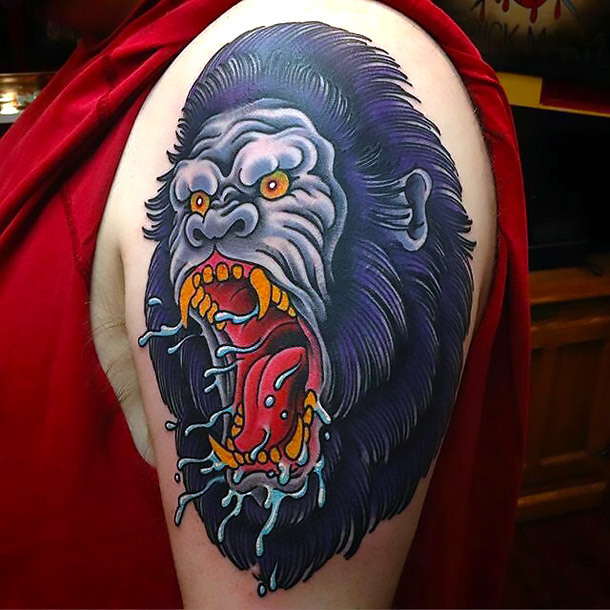Table Of Content

The College of Engineering at UIC houses the Department of Computer Science (CS)—the fastest growing program at the school. Pathways include a BS in CS and Design—the only such program at a public university, an MS and BS/MS in CS, and a CS Minor. Founded by Benjamin Franklin in 1740, University of Pennsylvania (UPenn) is one of the nation’s oldest universities. Notable alumni include Elon Musk, Warren Buffett, John Legend, Tory Burch, and Noam Chomsky. UPenn serves around 28,000 students enrolled in 90 majors at the undergraduate level and more than 100 at the graduate level.
Google Pixel 8 / Pro Series
At VRS DESIGN, we intertwine innovation with the fabric of daily life, crafting a world where routine meets remarkable artistry and intelligent design. Our ethos is grounded in the belief that the subtleties of everyday moments deserve to be elevated and celebrated. Driven by this vision, we dedicate ourselves to transforming the ordinary into the extraordinary, ensuring that every detail is not just noticed, but cherished.
What are the top AR/VR schools and colleges in the US for 2022?
The Lab provides access to high-end VR equipment that can be used to develop virtual or augmented reality content and interact with imagined worlds. Students can check out equipment such as a VIVE headset, Gear VR, Google Cardboard, 360 cameras, GoPros, DSLR cameras, video cameras, and other media capture devices. Other MiDAS Program features include opportunities to work on real-world projects within the industry-standard, a collaborative environment, personal attention from faculty and content area experts, and professional portfolio development. UF MiDAS Students also have access to the UF Reality Lab at the Digital Worlds Institute. MS students have the opportunity to customize the curriculum to support their goals. Options include courses and research in AI, HCI, distributed interactive systems, AR/VR for Virtual Analytics, Theoretical Computer Science, and Computer Graphics and Human Computer Interfaces for Spatial Applications, Visualization, and Computer Entertainment.
Top 50 Augmented/Virtual Reality (AR/VR) Colleges in the U.S. – 2022 Rankings
Georgia Tech alumni have been hired by companies such as Apple, Disney, Tesla, Boeing, IBM, Intel, Cisco Systems, Google, Delta Airlines, and Microsoft. Among them are the UCSB Four Eyes Lab and The Research Center for Virtual Environments and Behavior (ReCVEB). The MAT MS and PhD allow students to focus on specific areas of emphasis, based on their career goals and interests.

Graduate and undergraduate students, postdocs, and visitors work in areas such as Augmented Reality, Virtual Reality, Computer Vision, Mobile and Wearable Computing, Recommender Systems, Visualization, User Interface and Human-Computer Interaction (UI/HCI), and Data Mining/Machine Learning. The Hixson-Lied College of Fine and Performing Arts houses the Johnny Carson Center for Emerging Media Arts, which has one pathway to study AR/VR—the BFA in Emerging Media Arts (BFA-EMA). Students in this program are required to select two emphasis areas totaling 24 credit hours, an interdisciplinary concentration, and 27 credit hours of electives. Students in all programs enjoy small class sizes (15-18 students), team projects, internship opportunities, and an active study abroad program. Founded in 1890 as the Columbia School of Oratory, Columbia College Chicago (Columbia) provides more than 150 majors, minors, and graduate programs to nearly 7,000 students from the U.S. and abroad. Columbia features small class sizes, internship opportunities, and real-world opportunities to display works at a number of conferences and other events.
Find the right school for you
Students in all programs have access to the Virtual Embodiment Lab (VEL) and the XR Collaboratory (XRC) at Cornell Tech. The school opened in 1868 in the first building constructed on the campus—Morrill Hall. Cornell also has campuses across the State of New York and in DC, Doha, Qatar, and Rome, Italy. Roughly 10,500 faculty, staff, and other professionals serve more than 25,500 students enrolled in more than 300 majors, minors, and graduate fields of study across 16 colleges and schools.
Human Services
The MIT.nano Immersion Lab highlights activities such as developing new software and hardware concepts for immersive experiences, prototyping advanced tools for augmented and virtual reality (AR/VR), and visualizing data. The Immersion Lab connects engineers and scientists with musicians, artists, and performers performers through creative projects across multiple disciplines. The School of the Art Institute of Chicago (SAIC) is one of the oldest accredited independent schools of art and design in the country. Founded as the Chicago Academy of Design in 1866, SAIC serves around 3,550 students enrolled in degree programs covering 50 formal areas of study. Students at SAIC are also free to customize their education among 24 departments or concentrate in one single medium. Programs in the DMS explore games, AR/VR, robotics, experimental film, interactive, fiction, and many other areas.
The Trustpilot Experience
Follow the path from prototyping to deployment, students in the Immersive Media Program will develop the skills needed to produce augmented, mixed, and virtual reality experiences for games, entertainment, healthcare, engineering, and the sciences, among others. The Design and Technology MFA explores the interactive, visual, and narrative aspects of design technology. Typical MFA projects involve interaction design, game design, new media art, digital fabrication, web and mobile apps, critical design, and data visualization. Students in the Immersive Storytelling Minor have the opportunity to explore experiential and immersive storytelling in virtual and augmented reality (AR), mixed reality, interactive theater, data visualization, and 360 spherical film.
Best Samsung Galaxy Buds 2 Pro cases in 2023 - XDA Developers
Best Samsung Galaxy Buds 2 Pro cases in 2023.
Posted: Fri, 22 Sep 2023 07:00:00 GMT [source]
The VARC Lab also offers classes and workshops, and supports courses at DePaul that utilize AR/VR in the classroom. Students in both the BSME and Immersive Media Minor Program have access to three CAMD labs that support AR/VR learning, projects, and research. The Immersive Media Minor is an interdisciplinary program for students who are interested in Augmented Virtuality, Extended Reality, Cross Reality, Human-Computer Interaction (HCI), and Enhanced Realities.
In addition to AR/VR, emphasis area examples include Visual and Spatial Arts, Multimedia Engineering, Electronic Music, and Sound Design. Graduates of the Simulation Science, Games & Animation BS Program at Embry-Riddle Aeronautical University work in AR/VR, Game Design, Software Development, Entertainment, and Virtual Training. Program alumni also work in a variety of roles within the Military and Intelligence Communities, High-Tech Manufacturing, Aviation, and Police Training Simulation. Companies and agencies that have hired ERAU SSGA graduates include Boeing, Microsoft, Blizzard Entertainment, the Department of Defense Modeling and Simulation Office, Mass Virtual, Forge FX Simulations, Win Reality VR Training, and Super League Gaming.
Students who would like to study AR/VR can do so through the BS, MS, BS/MS, and PhD Programs in Computer Science (CS). Graduate students may choose 16 units of electives and research as well 12 units in a Depth Area such as Graphics and Vision, Human-Computer Interaction (HCI), Robotics, AI, or Programming Languages, Compilers, And Software Engineering. Current projects include applications for next-generation AR/VR, including immersive education, augmented navigation, virtual manufacturing, and medical training. With 300 students, the BS in Computational Media is one of Georgia Tech’s fastest growing programs. Course examples include Constructing the Moving Image, Interaction Design, Computer Animation, and Experimental Media. Sample careers include Virtual and Augmented Reality, Special Effects Creation, Interactive Game Design and Simulation, Robotics, and Animation.
UIUC offers more than 150 undergraduate programs and over 100 graduate and professional programs in 16 colleges, schools, and academic units. Grainger College of Engineering’s Thomas M. Siebel Center for Computer Science, houses a Computer Science (CS) program suited for students interested in careers in AR/VR. University of Maryland houses more than 300 academic programs across 12 colleges and schools. Programs for students interested in AR/VR are housed in the College of Arts and Humanities (ARHU) and the College of Computer, Mathematical, and Natural Sciences (CMNS).
Options include a BA or BS in Immersive Media Design and BS, MS, BS/MS, and PhD degrees in Computer Science with an AR/VR focus. For individuals interested in a career in AR/VR, UNC-Chapel Hill has a variety of programs, organizations, and labs to support their goals. All students may participate in the Carolina Augmented and Virtual Reality Club (CARVR), where they have the opportunity to work on XR projects and work with real clients. Students may also participate in the UNC Augmented and Virtual Reality Interest Group, which consists of more than 250 people from across campus. The Group focuses on training, research, learning and more through the use of immersive technologies. Soon, the Group will launch two additional groups that focus on AR/VR—a Faculty Group and Student Group.
Chartered in 1869, University of Nebraska-Lincoln (UNL) is the oldest institution in the University of Nebraska System. The school offers hundreds of programs across nine academic colleges and dozens of departments. University of Rochester (UR) is a private research university that allows students to build their own program of study or enroll in a traditional degree program. There are no general education requirements with the build-your-own option and no traditional core curriculum. Build-your-own students may choose from dozens of writing courses on variety of unique topics. Examples include Comics and Culture, America’s National Parks, and Philosophy in Science Fiction.
Housed in the Media Arts, Data, and Design Center (MADD Center), the Weston Game Lab launched in in 2019. MADD Center groups focus on virtual reality, GIS, digital fabrication, data visualization, and other new, evolving, and emerging technologies. Through the Lab, faculty, students and staff collaborate on the research and development of games of all kinds. Students in all programs may participate in the Future Reality Lab and NYC Media Lab. Students in the IDM Program will complete the Tandon Engineering core, media studies courses taken in the Department of Media, Culture, and Communication (MCC), and additional courses in math, science, humanities, and social sciences.
Serving more than 10,000 students, Parsons provides more than 100 degree and diploma programs across campuses in New York City; Paris, France; Shanghai, China; and Mumbai, India. Options include for students interested in AR/VR include BFA and MFA degrees in Design and Technology, and a Minor Immersive Storytelling. Soon, students in all programs will have access to the expanded Savannah Film Studios. Once completed, the expanded Savannah Film Studios will be the largest and most comprehensive university film studio complex in the nation. Launching in three phases between 2021 and 2023, the 10.9-acre facility will include a next-generation XR stage for virtual productions, new soundstages, and a Hollywood-caliber film backlot, among other features. The Ann S. Bowers College of Computing and Information Science (CIS) is home to the Computer Science Department, which serves 1,340 students enrolled in a variety of BS, MS, and PhD Programs in Computer Science (CS).

















